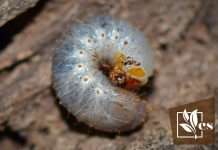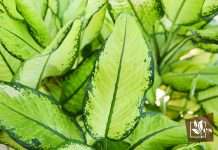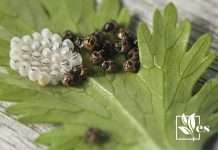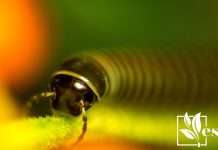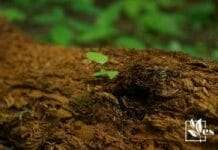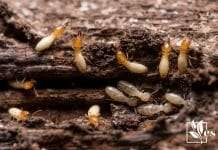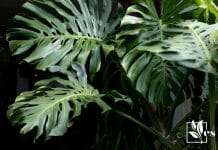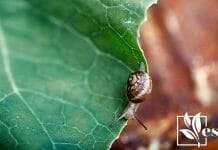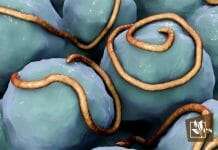In my experience, snail bait is an essential tool in maintaining a healthy garden. Slugs and snails can be the bane of any gardener’s existence as they feast on the leaves and fruits of a wide range of plants. These mollusks are particularly known for their voracious appetites and can cause considerable damage overnight. That’s where snail bait comes in. It’s a pesticide designed specifically to target and eliminate snails and slugs. The chemicals within the bait attract the pests, who then consume the poison and soon after, perish.
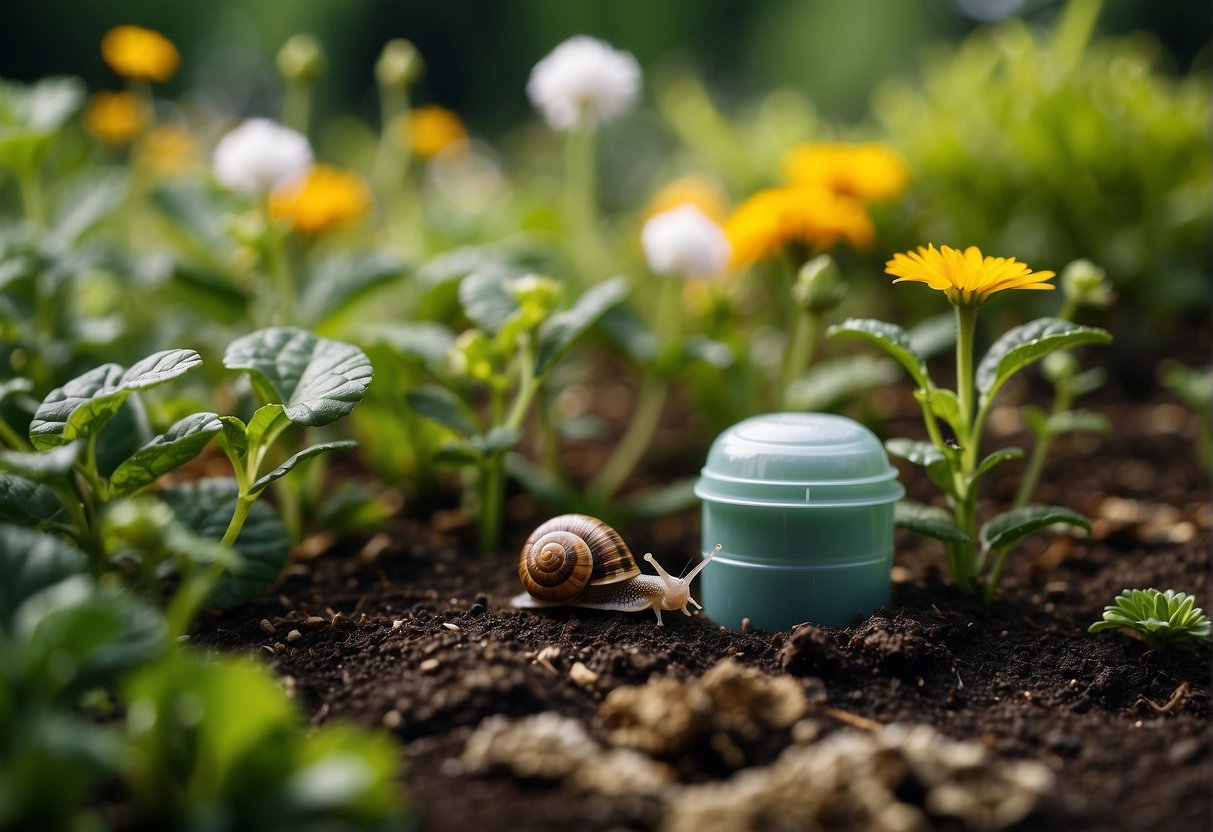
Using snail bait effectively can mean the difference between a thriving garden full of flourishing plants and one that’s struggling with the aftermath of a slug and snail invasion. It’s crucial, however, to use these baits carefully and strategically. Optimal placement is key to ensuring that the right targets are hit while minimizing the risk to other wildlife, pets, and the environment.
Snail bait is used to control and eliminate snails and slugs from gardens and agricultural areas to protect plants.
Taking safety seriously, I always look for baits that are less harmful to other creatures and the environment. There are various formulas available, including ones that are iron-phosphate-based, providing a less toxic alternative to the more conventional metaldehyde-based baits. Iron-phosphate baits are safer around children, pets, birds, and other wildlife, making it a preferable choice for many who share my concerns for keeping their gardens both lush and safe.
JUMP TO TOPIC
Slug and Snail Biology
As a gardener and observer of nature, I’ve noticed slugs and snails are fascinating creatures. These molluscs play a role in the ecosystem but can be a nuisance in the garden. They belong to a group of soft-bodied creatures, often protected by a hard shell in the case of snails.
Moisture: Slugs and snails require moist environments to thrive and are most active at night or during wet conditions.
Body Structure: They produce slime (mucus) for movement and to prevent dehydration.
Diet: These gastropods primarily feed on leaves, which is why they’re commonly found in gardens.
I have learned the importance of understanding their breeding habits when considering control methods. A single pair of these creatures can lay clusters of eggs repeatedly throughout warm seasons, leading to a quick population increase if left unchecked.
💥 Breeding Insight: Efficient control of slugs and snails must be ongoing, due to their high breeding potential with clutches of 80-120 eggs every few weeks.
Their diverse diet and attraction to garden plants make them notorious pests. They can cause significant damage to a wide variety of plants by chewing irregular holes in foliage, stems, and flowers. This not only affects the plant’s aesthetic but also its health. My experience tells me that understanding their biology is paramount to designing effective control strategies.
Preventive Measures and Physical Barriers
In my experience, effectively managing snails and slugs involves creating robust defensive perimeters around areas you want to protect and employing barriers that repel or block these pests. Setting up defenses before these mollusks become a problem can save your garden from an infestation.
Creating a Perimeter Defense
I’ve found that applying a band of copper tape around the base of plant containers or raised beds can deter snails and slugs, as they dislike crossing the copper barrier. Another tactic I use is to sprinkle coffee grounds along the garden’s border. Snails and slugs are put off by the texture and the caffeine it contains.
💥 Creating a Perimeter Defense:
- Copper Tape: Wrap a strip around containers to repel snails and slugs.
- Coffee Grounds: Scatter a line at your garden’s edge; the caffeine also hinders them.
Choosing Natural Deterrents and Barriers
For natural barriers, I sometimes use mulch, which can be uncomfortable for snails and slugs to move across. Crushed eggshells are another material I incorporate into my strategy, as their sharp edges are effective in keeping these pests at bay. Lastly, I set beer traps—a dish filled with beer, buried at ground level—as they attract and then drown the snails and slugs.
🌱 Natural Deterrents and Barriers:
- Mulch: A layer can discourage snails and slugs due to its texture.
- Crushed Eggshells: Sprinkle around plants to utilize their jagged edges.
- Beer Trap: A simple container of beer can lure and trap them effectively.
Chemical Controls for Slug and Snail Management
Snail and slug bait, also known as molluscicides, are common strategies for controlling these garden pests. There are a variety of chemical options available to manage snail and slug populations effectively.
Evaluating Traditional Molluscicides
Traditional molluscicides often contain metaldehyde or methiocarb, substances which can be effective but also raise environmental and safety concerns. Metaldehyde is highly effective at eliminating slugs and snails, but it is not recommended if you have pets or wildlife due to its toxicity when ingested. Methiocarb can be an alternative; however, its use is also associated with toxicity risks to non-target animals and therefore requires careful handling.
Traditional chemical slug and snail baits like metaldehyde and methiocarb are effective, but pose environmental and safety risks.
Exploring Non-Toxic and Organic Options
For gardeners practicing organic gardening, non-toxic and organic molluscicides containing iron phosphate or sodium ferric EDTA are preferred. Iron phosphate baits are considered safe for use around pets and wildlife. They are effective in controlling slugs and snails when used as directed. Sodium ferric EDTA is another option that has gained popularity as it’s fast-acting and can be less toxic to non-target organisms.
These non-toxic options are not only safer for the environment and other wildlife, but they also align with organic gardening principles, ensuring a minimal impact on the ecosystem. It’s important, however, to always follow the instructions on the packaging and apply these products judiciously to avoid any unintended consequences.
Managing Your Garden’s Ecosystem
As a diligent gardener, I focus not just on battling pests, but on nurturing an ecosystem that inherently minimizes pest troubles. My approach involves attracting friends in the form of natural predators and maintaining robust soil and plant health that together fortify my garden against the onslaught of snails and of course, use snail bait as the last resort.
Attracting Natural Predators
I’ve learned that my garden thrives best when I’m not the only one working to keep pests at bay. By encouraging the presence of certain wildlife, I create a self-managing environment. Birds and toads, for instance, are valuable allies in controlling snail populations. I install bird feeders and baths to make my garden inviting for feathered helpers, and I leave some areas a little wild to attract toads.
- Birds: Consume large numbers of slugs and snails.
- Toads: Natural insectivores that help reduce pest populations.
Maintaining Soil Health and Plant Vigor
Healthy plants are less susceptible to pests, and it all starts with the soil. I enrich my garden’s soil regularly with compost and organic matter, which improves texture and nutrient content, fostering stronger plant growth. In both my vegetable and flower gardens, I select native plants whenever possible because they’re well-adapted to the local conditions and require less babying to resist pests.
- Compost: Add compost to improve soil fertility.
- Native plants: Choose local flora for naturally hardier growth.
- Soil testing: Periodically check soil composition to support optimal plant health.
By commanding a nuanced understanding of the ecosystem, I’ve been able to nurture a garden that not only grows but also lives and breathes as a dynamic, interdependent community.


